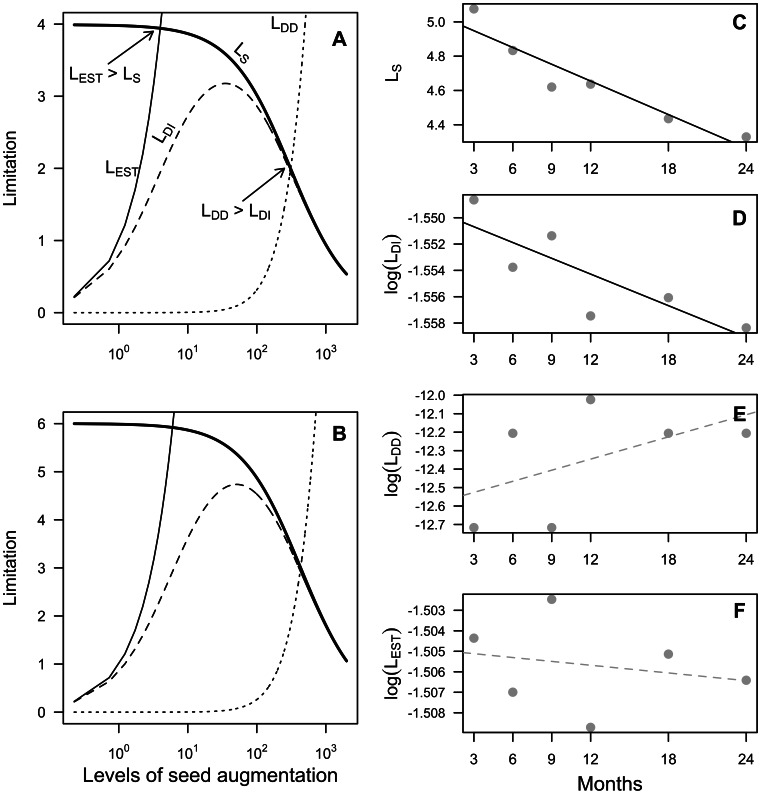Figure 3. Results of limitation analysis for all species combined.
Results are presented for (A) three months and (B) 24 months after seed augmentation. Lines are establishment limitation (LE), seed limitation (LS), density-dependent mortality (LDD), and density-independent mortality (LDI). LE>LS represents the crossover point at which establishment limitation more strongly limits recruitment than seed limitation. LDD>LDI is the point at which density-dependence more strongly limits recruitment than density-independent mechanisms of mortality. The importance of fundamental seed limitation exceeds that of fundamental establishment limitation only at very low seed densities, with crossover points occurring at 4.2 (3 months) and 6.2 (24 months) times ambient seed conditions. These values are well within the range of natural seed rain densities observed across this study site (Table 1). Density-independent mechanisms of seedling mortality more strongly contribute to establishment limitation than do density-dependent mechanisms of mortality until seed densities reach approximately 309 (3 months) and 432 (2 years) times the average ambient seed densities. These values roughly mimic seed densities under parent trees but exceed the observed seed rain densities for most species, thus density-independent factors limit seedling recruitment at most “natural” seed densities whereas density-dependent mechanisms likely control seedling population size at the very high seed densities observed under fruiting canopies. Panels (C–F) depict the correlation of each of the types of limitation over time: black full lines represent a statistically significant correlation; whereas grey dashed lines depict lack of a statistically significant correlation.

